Embark on an epic adventure in the Everest Region, a premier destination for mountaineers and trekkers alike, that offers more than just climbs but a deep dive into rich cultural tapestry and breathtaking natural beauty. This region, home to the highest peak on earth, Mount Everest, provides a blend of thrilling outdoor activities and an intimate glimpse into the lives of the Himalayan communities. Starting from the hustle of Kathmandu to the serene trails leading through the heart of the Nepal Himalayas, every step in the Everest Region promises an experience filled with awe and wonder.
Geographical Wonders of the Everest Region: The Everest Region, also known as Khumbu, lies in Northeastern Nepal and is a spectacle of nature’s finest creations. Dominated by the world-renowned Mount Everest, which soars to a staggering 8,848.86 meters, the region is framed by other giants like Lhotse, Makalu, and Cho Oyu, making it the ultimate arena for high-altitude trekking. The landscape varies from lush valleys and dense forests to rugged terrain and icy glaciers, offering trekkers a variety of scenes to behold. Key areas include the vibrant Sherpa capital of Namche Bazaar, the sacred Gokyo Lakes, and the historic Tengboche Monastery, each offering unique perspectives and challenges.
Flora, Fauna, and Natural Splendor: Despite the harsh conditions, the region’s biodiversity is rich, with alpine forests housing rhododendrons and a variety of conifers, providing a colorful backdrop during the spring. The fauna includes musk deer, snow leopards, and Himalayan tahr, often spotted by the observant trekker. The Everest region is not just a trekker’s paradise but a haven for wildlife enthusiasts and botanists alike.
Cultural Richness Amidst the Clouds: The cultural fabric of the Everest Region is predominantly woven by the Sherpas, whose traditions and lifestyle have been shaped by the rugged mountains. Their Buddhist faith is evident in the numerous stupas, monasteries, and prayer flags that color the landscape. The region is also a place of pilgrimage, particularly the trails leading to the revered Gokyo Lakes. Here, the blend of spiritual and natural beauty creates a profound experience for every visitor.
Iconic Routes and Trekking Adventures: The region boasts some of the world’s most famous trekking routes, each offering its own set of challenges and rewards. From the classic Everest Base Camp Trek and the serene Gokyo Lakes Trek to the demanding Three Passes Trek, adventurers can choose paths that test their endurance and reward them with unparalleled views of the Himalayan panorama.
Technical Challenges and Trekker’s Haven: Trekking in the Everest Region varies from moderate to highly challenging, especially when attempting the high passes like Renjo La, Cho La, and Kongma La. Acclimatization is key, as the routes take trekkers to significant altitudes where the air is thin and the terrain demanding. The region’s infrastructure supports trekkers with well-established tea houses and lodges, ensuring that even the most remote journeys are marked with warm Nepalese hospitality.
Travel Tips and Seasonal Highlights: For optimal conditions, treks are best planned for the spring or autumn when the weather is clear and the views are spectacular. The local logistics might require flying into Lukla, with some flights operating from Ramechhap during peak seasons to manage congestion. Trekkers should plan for potential delays and consider spending additional days exploring the rich cultural tapestry of Kathmandu both before and after their trek.

Kirtipur
Kathmandu, Nepal
Mardi
Everest
Experience breathtaking treks through the Himalayas with our expert local guides.
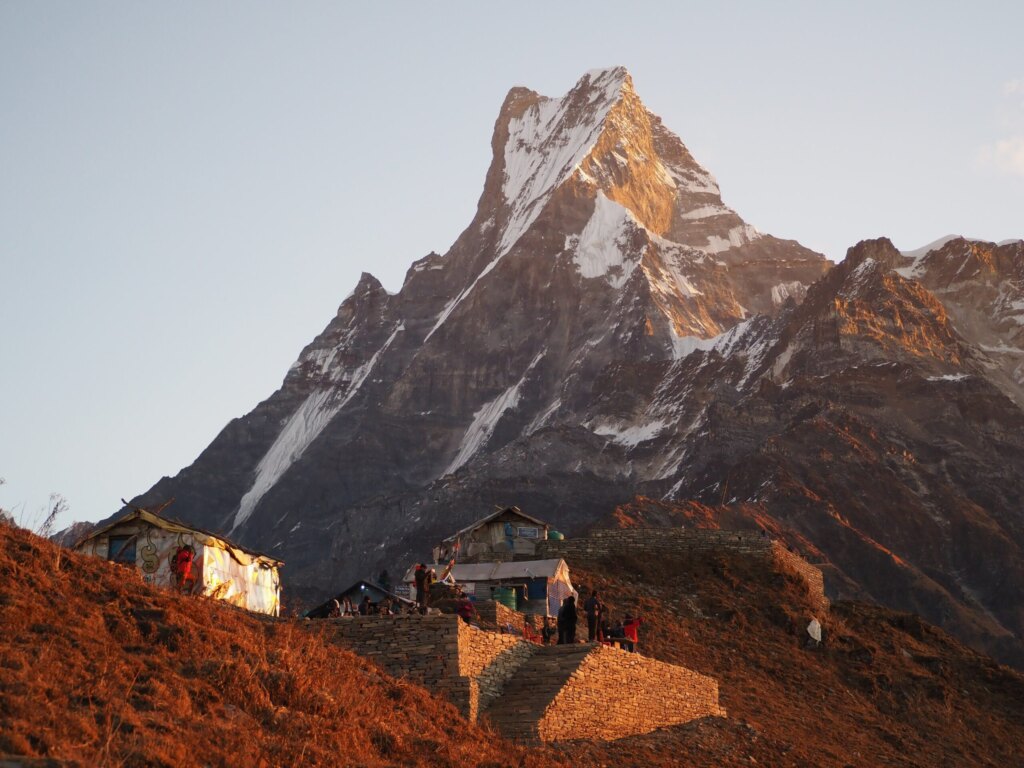
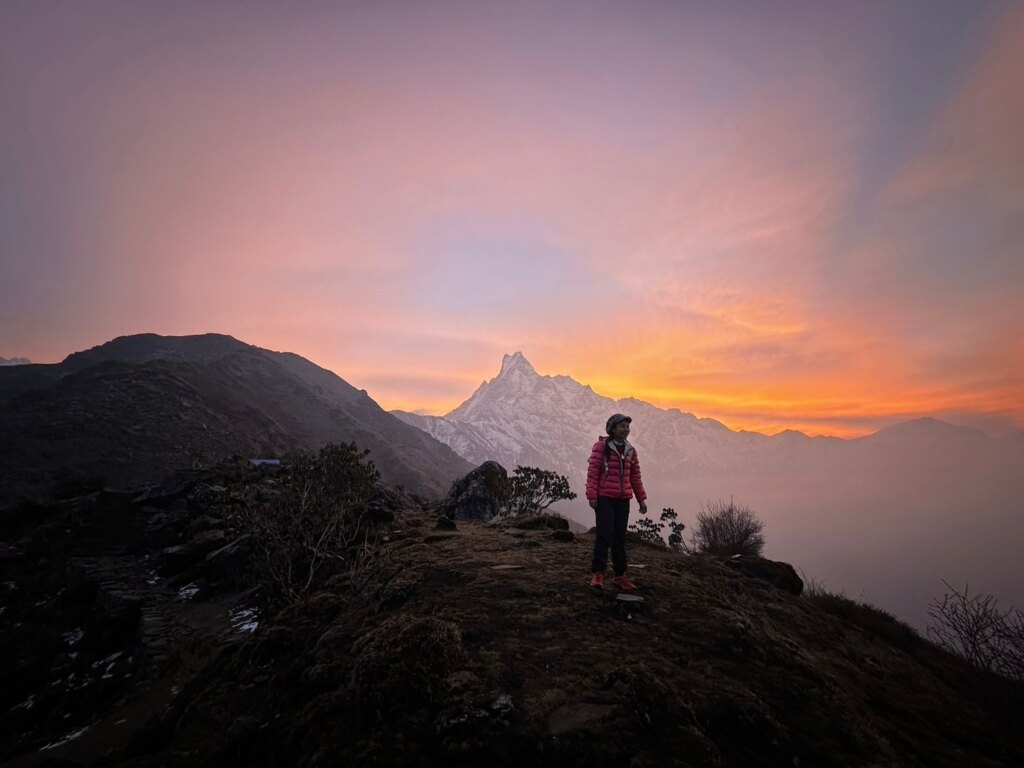
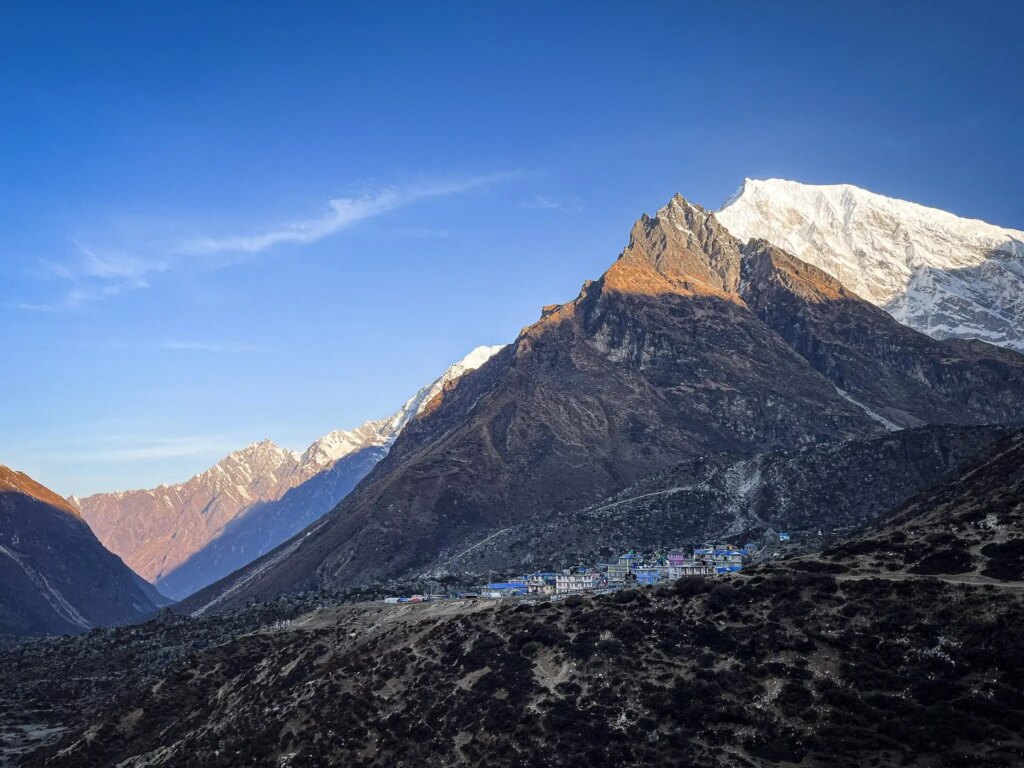
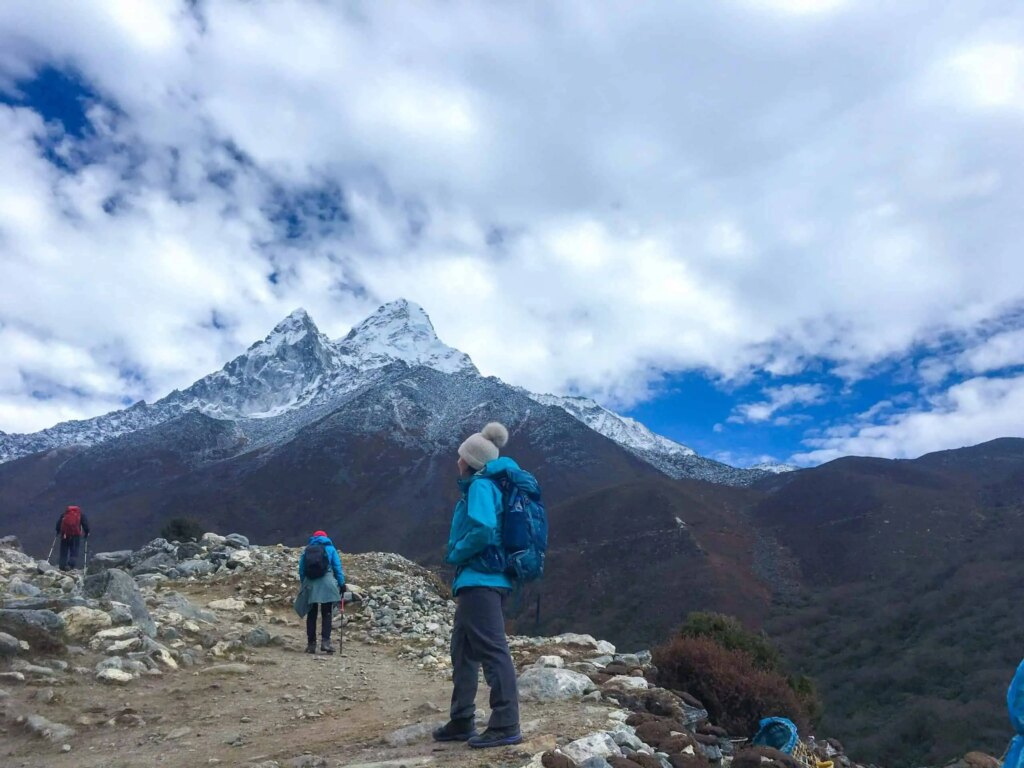
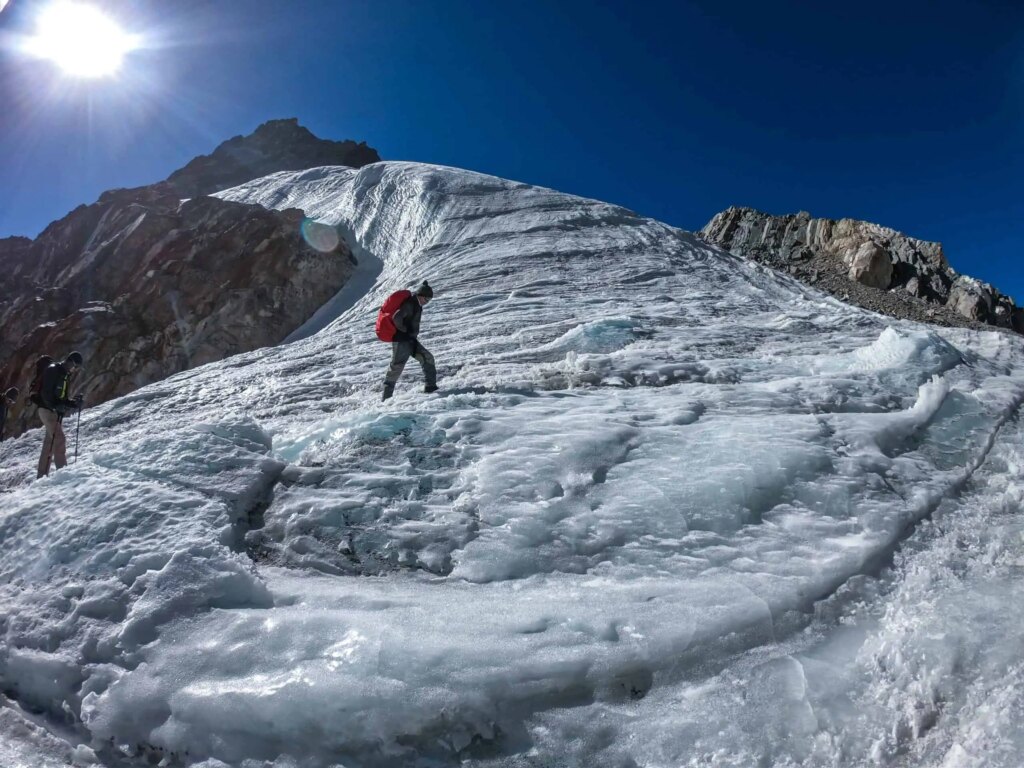
Copyright © 2025 himalayan-yatri. All right reserved.